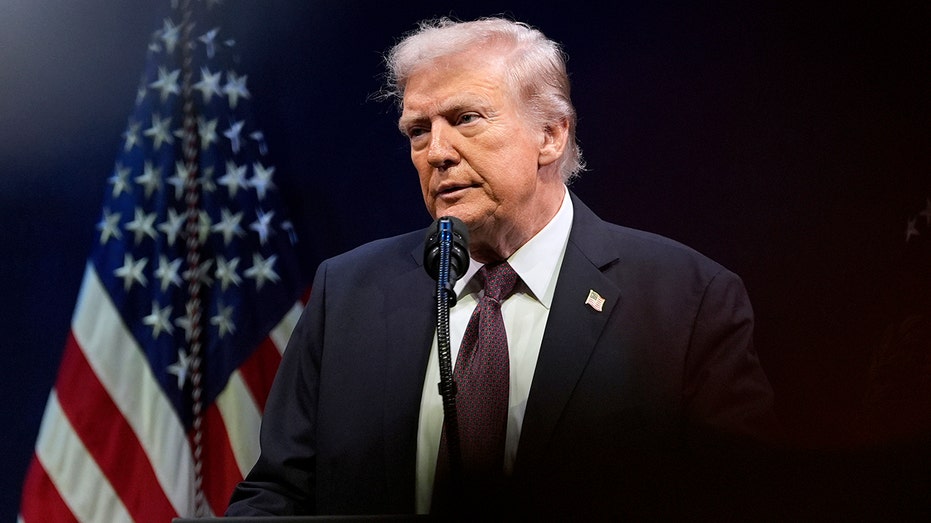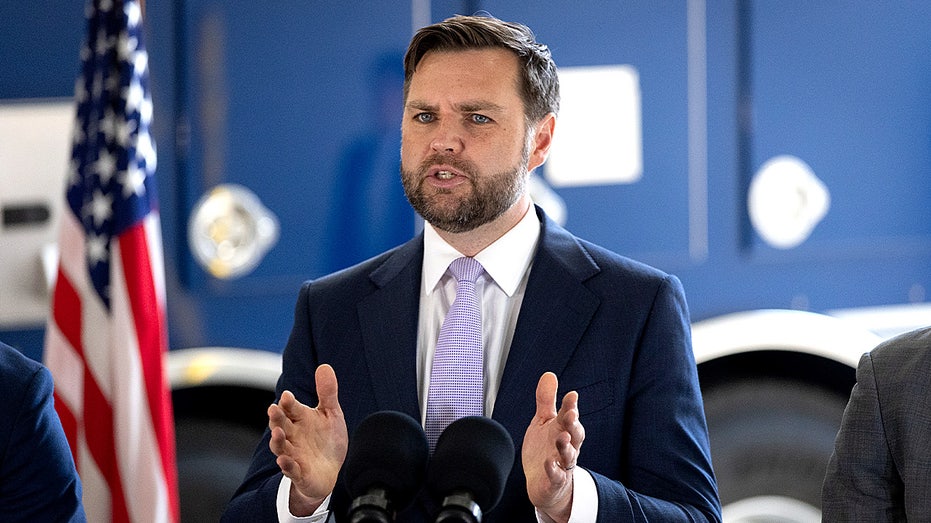A seismic shift in global strategy unfolded as the former President announced an immediate resumption of United States nuclear weapons testing. The decision, delivered via a social media post, stemmed from a perceived imbalance in the international landscape, a response to the actions of other world powers.
The rationale, according to the announcement, centers on maintaining parity. The United States, he asserted, possesses the most advanced and numerous nuclear arsenal globally, a position solidified during his previous term through modernization and renovation. Yet, this advantage felt precarious in the face of renewed activity elsewhere.
The directive was issued to the Department of War, signaling a swift return to a practice halted years ago. Russia currently holds the second-largest nuclear capacity, while China is rapidly closing the gap, projected to rival Russia within the next five years. This accelerating arms race fueled the decision to re-engage in testing.
Speaking after a meeting with Chinese leadership, the former President framed the move as a necessary countermeasure. He emphasized that the U.S. had refrained from testing for an extended period, but the actions of other nations compelled a reassessment of that policy. It was a matter of ensuring a level playing field in a dangerous world.
Details regarding the location and timing of these tests remain undisclosed, with assurances that announcements will follow. The former President alluded to existing test sites, but offered no specific timeline, maintaining an element of strategic ambiguity.
Despite the gravity of resuming nuclear testing, the former President expressed confidence that the situation wouldn’t escalate global tensions. He conveyed a sense of control, asserting that the U.S. held a dominant position and was prepared to respond to any provocation.
Beyond simply matching capabilities, the former President voiced a desire for broader arms control. He spoke of potential “de-escalation” or even “denuclearization,” suggesting ongoing discussions with Russia and a willingness to include China in such negotiations. This vision, however, remains a distant prospect.
The announcement followed a pointed warning to Russia, revealing the presence of a U.S. nuclear submarine strategically positioned near Russian shores. This disclosure came in response to recent Russian missile tests, a clear signal that the U.S. was not passively observing developments.
The exchange underscored a growing sense of unease, with the former President dismissing Russian missile boasts as unnecessary saber-rattling. He urged a swift resolution to the ongoing conflict, a war he believes should have concluded within weeks, not stretched into its fourth year.
Further pressure on Russia may be forthcoming, with hints of potential additional sanctions. The former President remained tight-lipped on specifics, stating only that developments would be revealed in due course. This ambiguity adds another layer of complexity to the already fraught geopolitical landscape.
Russia’s recent successful test of a nuclear-powered cruise missile, capable of traveling over 8,000 miles and evading defense systems, served as a direct catalyst for the U.S. response. The Kremlin has announced plans to deploy this weapon, further escalating the stakes.
The Russian missile, according to reports, remained airborne for approximately 15 hours during its test flight, demonstrating its extended range and endurance. This capability prompted the U.S. to reaffirm its own nuclear readiness and signal its willingness to match any advancements in weaponry.






